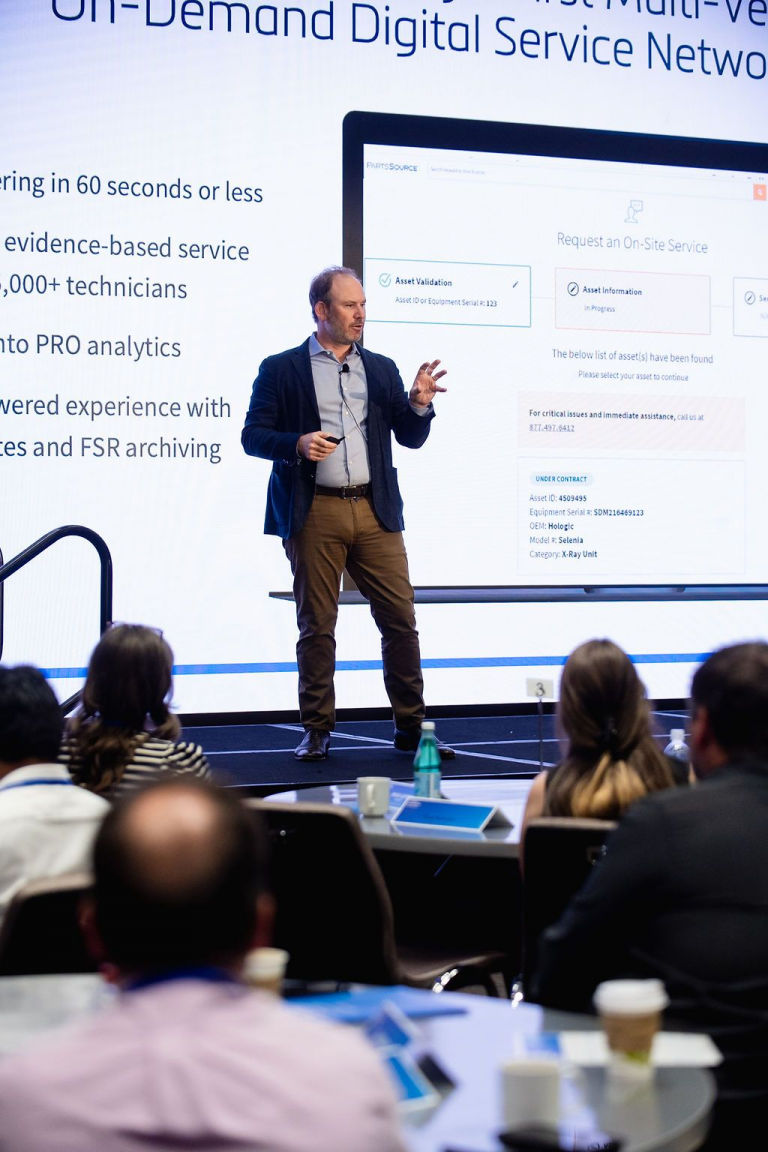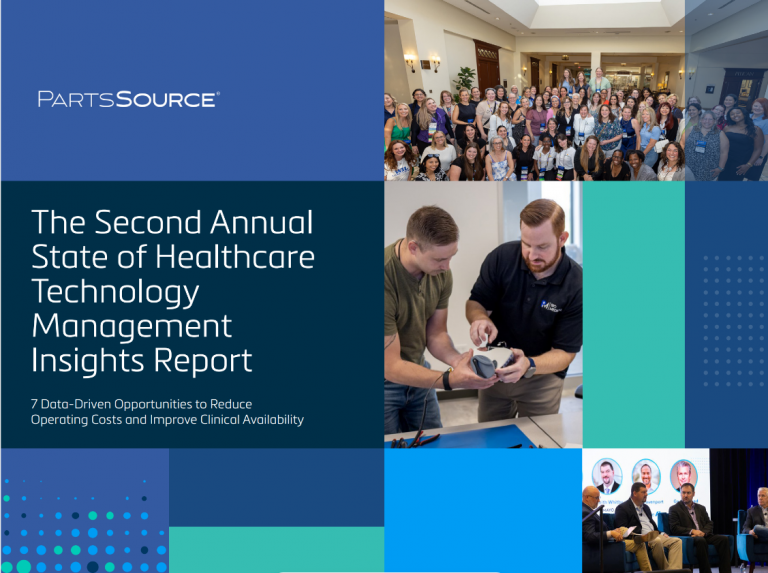
Francis Vonder Haar
Vice President and General Manager, ImagingIn the process of evaluating whether a traditional full-service contract for mission-critical equipment is beneficial, healthcare providers may consider some common misconceptions as rationale for choosing the full-service option. While a full-service Original Equipment Manufacturer (OEM) service contract is the appropriate decisions in some cases, other circumstances, such as access to evidence-based alternative service providers or in-house capabilities, present opportunities to capture savings and maintain quality while reinforcing the value of your in-house HTM department.
In the latter case, for HTM and supply chain leaders seeking to optimize their service strategies, the following myths may be a deterrent or cited by clinical partners as reasons to stick with the status quo. But when understanding the reality behind the misconception, progressive healthcare systems can confidently pursue alternative strategies without compromising quality, uptime or clinical partner satisfaction.
Access to Service Keys
Myth: You will lose access to your service keys and no longer be able to service or PM your equipment.
Reality: There are different levels of service keys, including proprietary keys held by OEM engineers and standard keys included under Assembling, Installing, Adjusting and Testing (AIAT) guidelines published by the FDA (specifically: 21CFR1020.30). Your organization is entitled by law to receive necessary service instructions, which can include manuals, AIAT service keys, etc. from the OEM adhering to FDA guidelines. In unique circumstances requiring advanced proprietary software, your service provider may employ a blended service strategy with OEM assistance, presenting no risk to you.
Service Key Acquisition
Myth: You can only get a service key by attending one of the OEM’s training classes.
Reality: This is not accurate. Service keys are required to be accessible for end users as noted above, and the notion that they are exclusively available through OEM training is false. Each manufacturer has its own methods for sharing required software patches and updates or service keys. For specific details on how to request this information from major imaging manufacturers, contact PartsSource.
OEM Training Requirement
Myth: You must be OEM-trained to service the equipment.
Reality: While OEMs advocate for their training, many independent imaging service engineers were trained and/or previously employed by OEMs and undergo formal training via specialized courses. Understanding the qualifications of technicians working on your equipment is an important factor in decision-making; when utilizing third party service providers, confirm that the technicians performing the work are trained on your specific equipment. PartsSource’s nationwide network of technicians is peer-reviewed for quality and vetted for technical expertise, so you can be confident that recommended service solutions are trained and experienced on your assets.
Software Upgrades and Updates
Myth: Software upgrades and updates are not covered.
Reality: As increasingly connected and software-dependent devices become the norm, this is a very common, and powerful, rationale for a full-service contract. However, critical updates are an obligation of the OEM, and FDA-mandated safety updates are provided even off-contract. Upgrades are not typically offered off-contract; however, “upgrades” may include minor changes that may not significantly impact functionality. As contracts come up for renewal, request a summary of all upgrades delivered under the original agreement to evaluate whether you really received value for this entitlement. You may realize that the impact on asset performance was negligible. You can also request “release notes” for a specific upgrade. This will provide exactly what is changing between versions. These upgrades are often items that you may not even realize have changed.
Bottom of the Service Queue
Myth: My request will be relegated to the bottom of the list when a service call is placed.
Reality: Consider the buying power of your system in totality, including the possibility of future capital equipment sales. This leverage helps neutralize the threat of being placed at the bottom of the service queue. To ensure service delivery standards are maintained, PartsSource actively manages every service event and partners with OEMs to maintain response time on clients’ behalf.
Magnet Monitoring and Remote Diagnostics
Myth: Existing magnet monitoring and remote diagnostics will cease.
Reality: While this may be true for monitoring and diagnostics provided by the OEM, a robust magnet monitoring program meeting or exceeding OEM standards is available in the aftermarket. When considering transitioning imaging assets off-contract, identify qualified service providers with the expertise to replace existing remote capabilities. For remote diagnostics, keep in mind that in many cases, having a qualified technician on-staff can outperform remote diagnostics for response time and cycle time.
Technical Support, System Uptime, Applications Support, PMs and Part
Myth: A full-service contract is the only option to deliver entitlements that help my department maintain critical equipment (and my stakeholders depend on me for).
Reality: These support systems and access to routine maintenance parts and service are all possible whether servicing equipment in-house or through a third party. The availability for free tech support available through PartsSource or a trusted vendor such as RSTI, strong peer-to-peer networks and information sharing, alternative technical support options through leadings ISOs, and tapping into an evidence-based service network address all above concerns above.
In conclusion, healthcare systems seeking to optimize service strategies should consider and weigh the benefits of both traditional full-service and alternative contracts without being misled by common misconceptions. When evaluating service contract decisions, an evidence-based approach can help identify assets or modalities where your peers are successfully transitioning off contract, while designing a strategic roadmap for accommodating the realities listed above is imperative to continue providing quality outcomes for your internal stakeholders.




